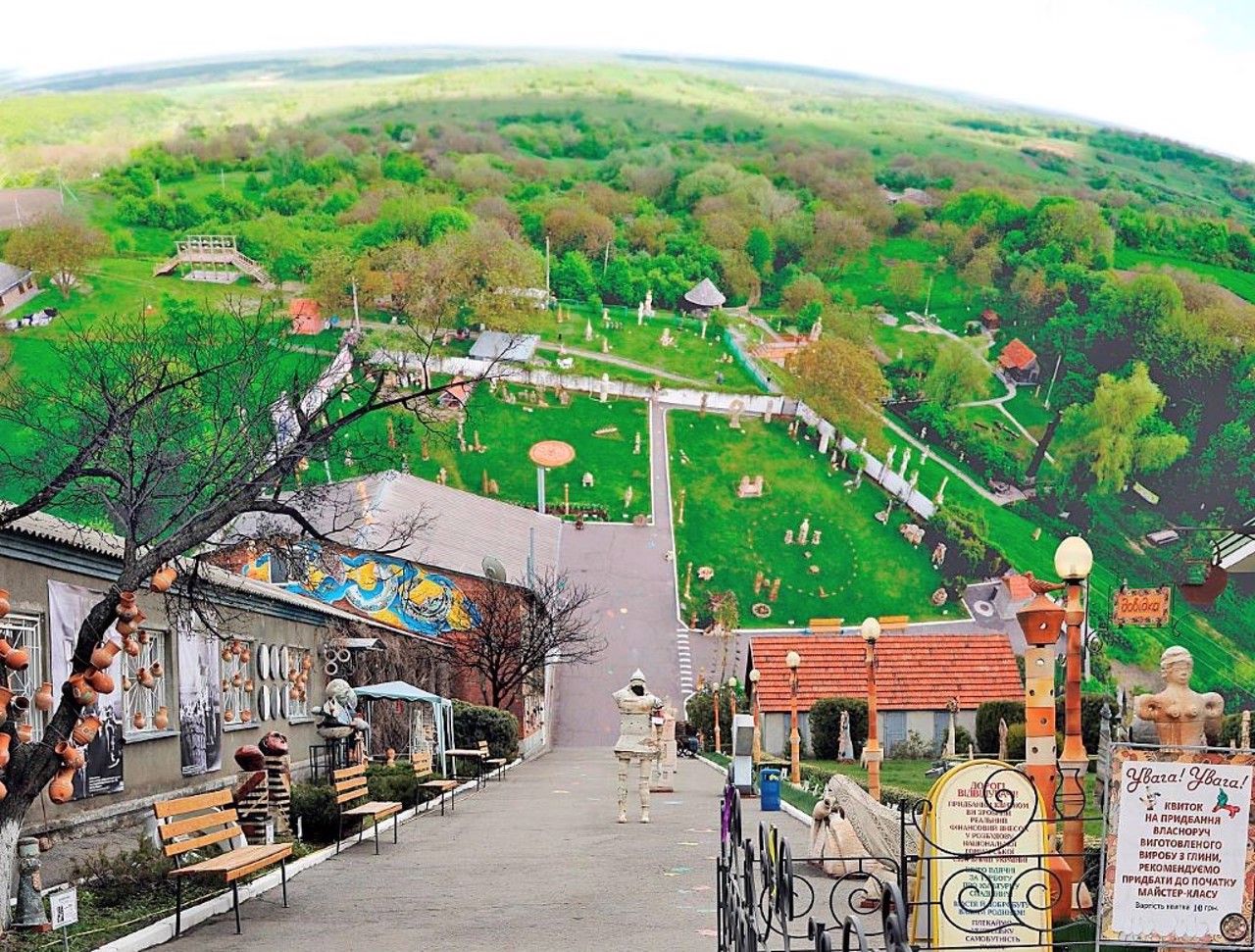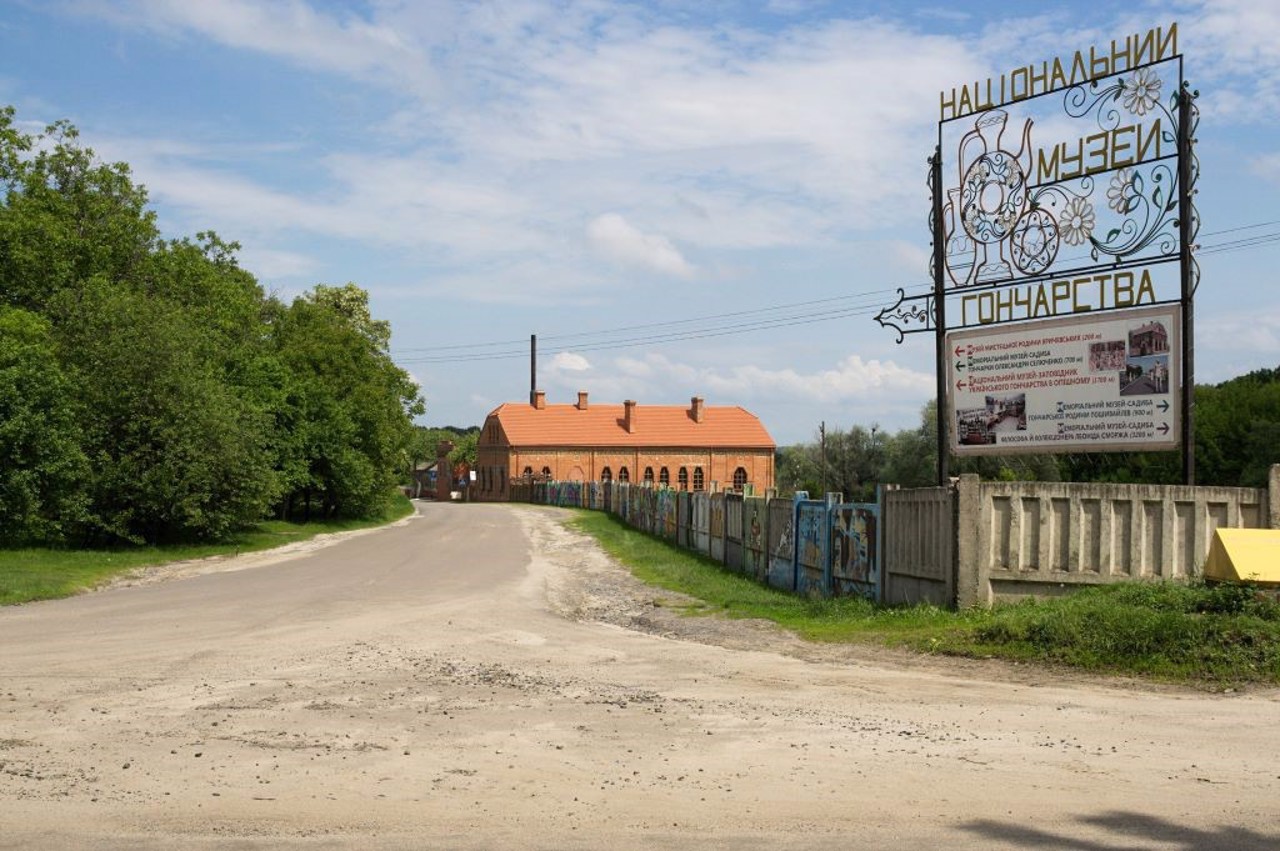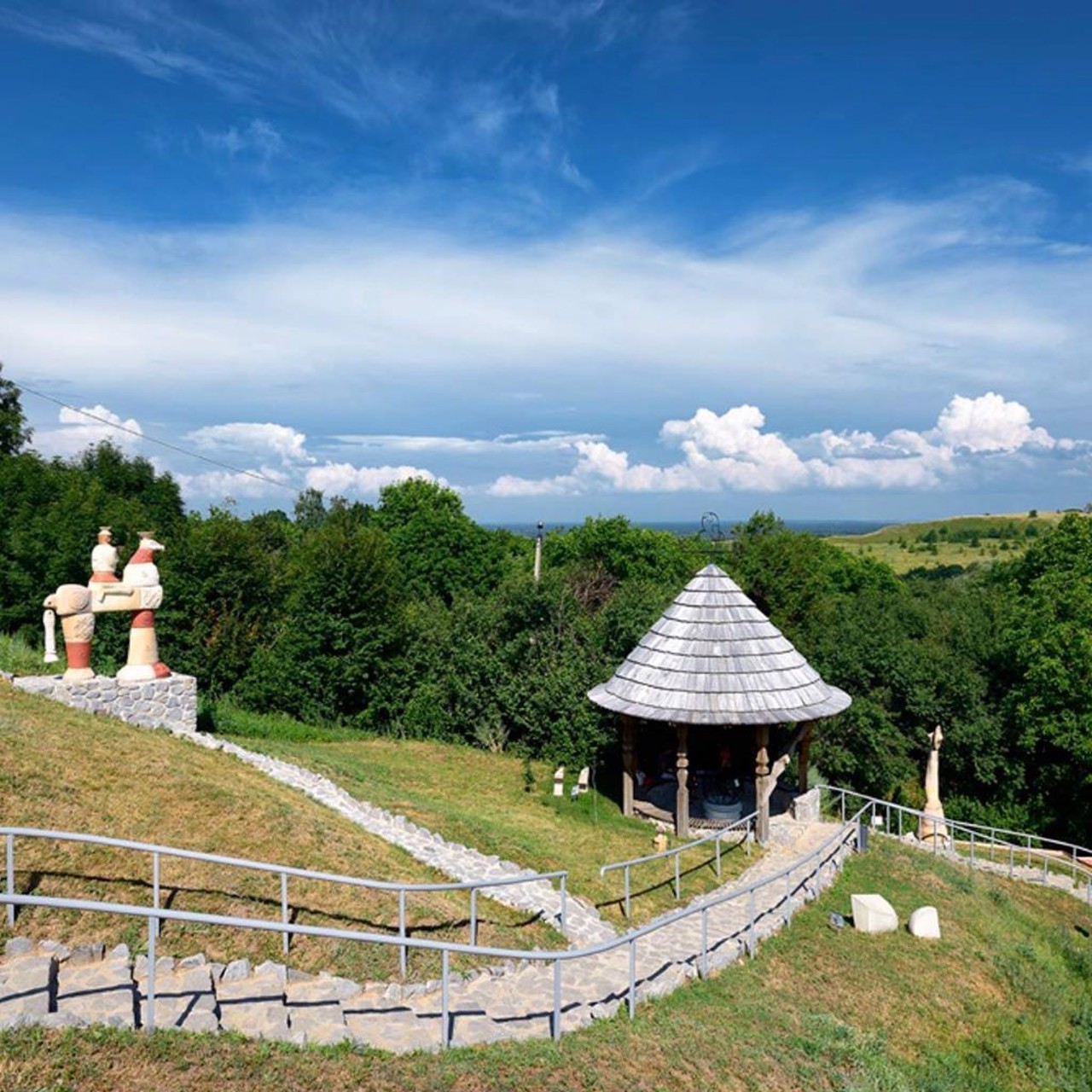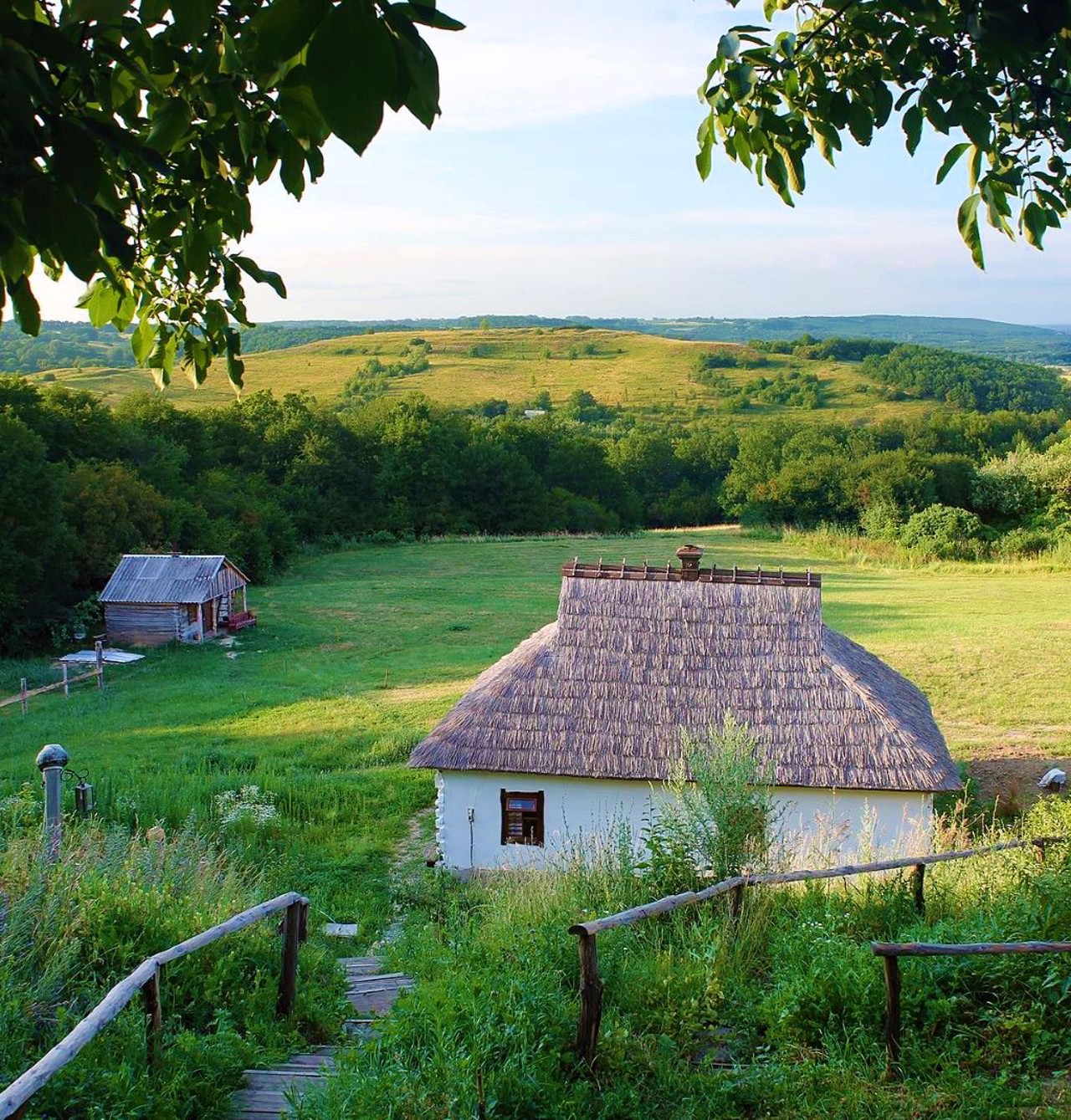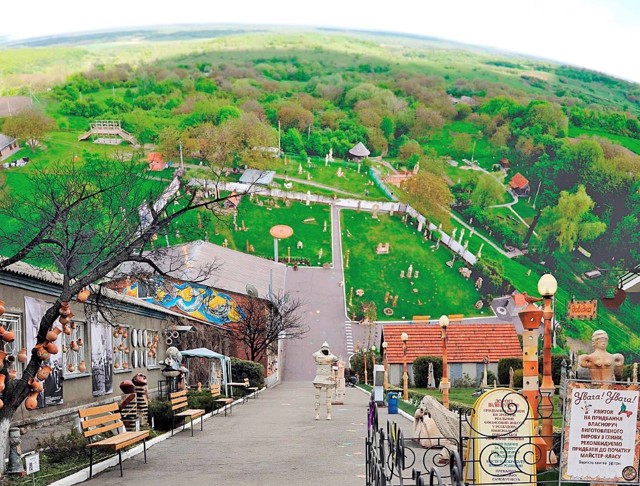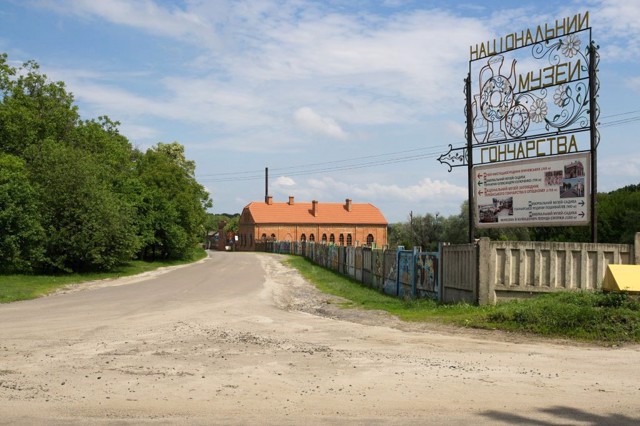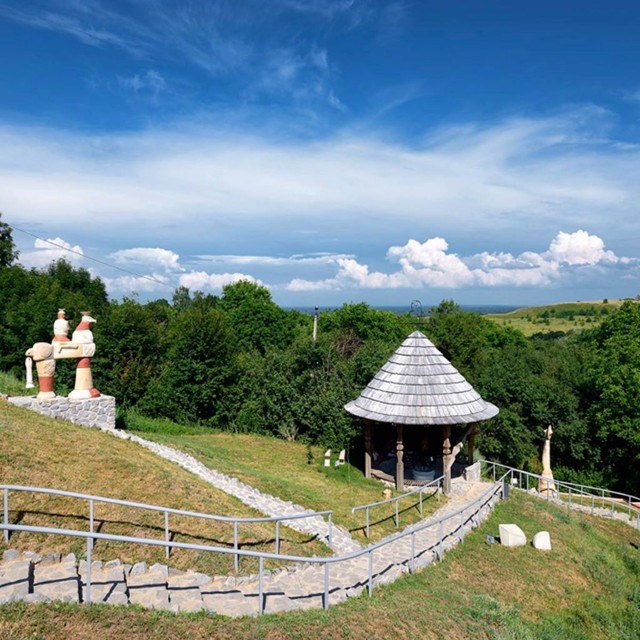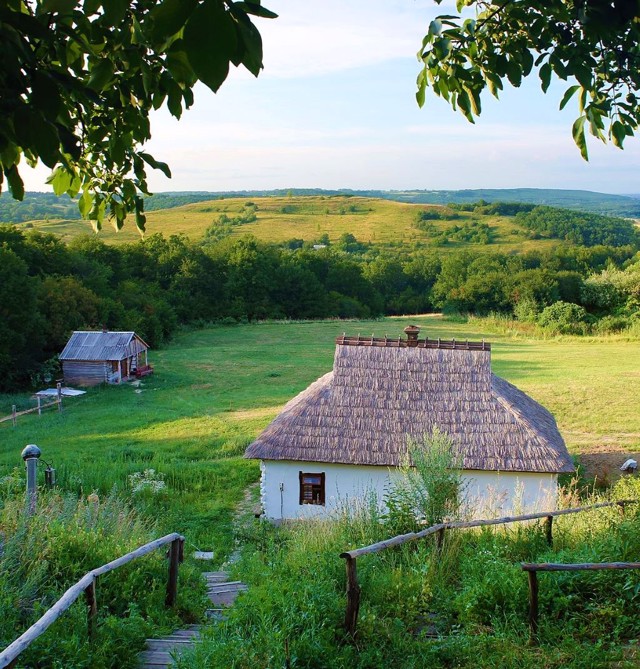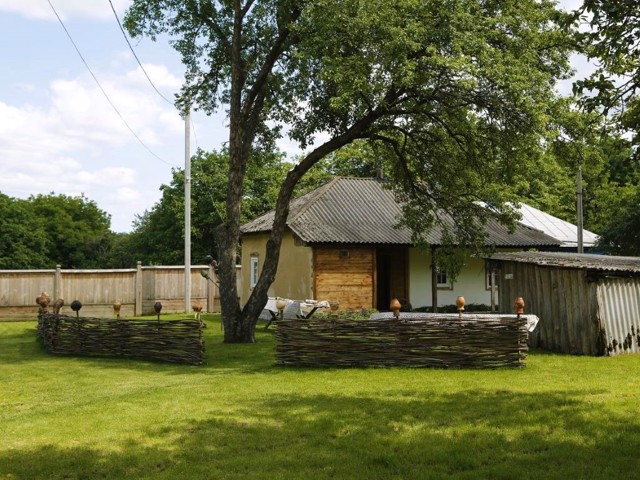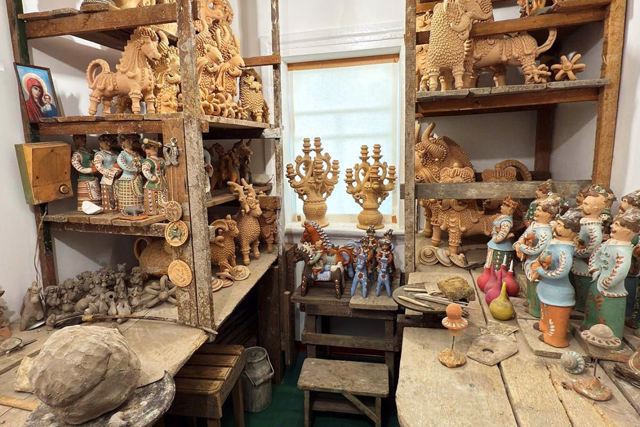Functional temporarily unavailable
General information about Opishnia
The town Opishnya in Poltava region is the largest center and informal capital of Ukrainian pottery. It is located 45 kilometers from Poltava, on the Poltava-Hadiach highway.
It was first mentioned in the XII, then in the XV century, although Scythian and other settlements existed here much earlier. In the XVI-XVII centuries. the town of potters, furriers and shoemakers was a Cossack outpost (medieval dungeons have been preserved). In 1668, the Cossack council in Opishnia refused to recognize the terms of the Andrusiv peace, according to which Ukraine was divided between Russia and Poland.
The wooden Saint Nicholas Church (1730) has been ...
The town Opishnya in Poltava region is the largest center and informal capital of Ukrainian pottery. It is located 45 kilometers from Poltava, on the Poltava-Hadiach highway.
It was first mentioned in the XII, then in the XV century, although Scythian and other settlements existed here much earlier. In the XVI-XVII centuries. the town of potters, furriers and shoemakers was a Cossack outpost (medieval dungeons have been preserved). In 1668, the Cossack council in Opishnia refused to recognize the terms of the Andrusiv peace, according to which Ukraine was divided between Russia and Poland.
The wooden Saint Nicholas Church (1730) has been preserved.
The heyday and glory of the "capital of ceramics" came in the 18th century, when there were 200 artisans here, and by the end. XIX century. there were already about 1 thousand of them. Ceramics by the masters of Opishnia are exhibited at world exhibitions, they were purchased by the best museums in the world.
In 1986, the National Museum-Reserve of Ukrainian Pottery was founded, there are estate-museums of folk craftsmen.
The products of folk craftsmen can be purchased at the Opishnia ceramics market, which is located near the bus station on the central street of the village.
The Zdvyh pottery festival is held annually in early July in Opishnia.
Селище Опішня на Полтавщині - найбільший центр і неформальна столиця українського гончарства. Розташоване в 45 кілометрах від Полтави, на автотрасі Полтава-Гадяч.
Вперше згадується в XII сторіччі, потім в XV столітті, хоча скіфські та інші поселення існували тут набагато раніше. В XVI-XVII столітті містечко гончарів, кушнірів і шевців було козацьким форпостом (збереглися середньовічні підземелля). У 1668 році козацька рада в Опішні відмовилася визнавати умови Андрусьєвского миру, згідно з яким Україна була поділена між Росією і Польщею.
Збереглася дерев'яна Миколаївська церква (1730 рік).
Розквіт і слава "столиці кераміки" прийшли в XVIII столітті, коли тут налічувалося 200 ремісників ...
Селище Опішня на Полтавщині - найбільший центр і неформальна столиця українського гончарства. Розташоване в 45 кілометрах від Полтави, на автотрасі Полтава-Гадяч.
Вперше згадується в XII сторіччі, потім в XV столітті, хоча скіфські та інші поселення існували тут набагато раніше. В XVI-XVII столітті містечко гончарів, кушнірів і шевців було козацьким форпостом (збереглися середньовічні підземелля). У 1668 році козацька рада в Опішні відмовилася визнавати умови Андрусьєвского миру, згідно з яким Україна була поділена між Росією і Польщею.
Збереглася дерев'яна Миколаївська церква (1730 рік).
Розквіт і слава "столиці кераміки" прийшли в XVIII столітті, коли тут налічувалося 200 ремісників, а до кінця XIX століття їх було вже близько 1 тисячі. Керамічні вироби опішнянських майстрів експонуються на всесвітніх виставках, їх придбали кращі музеї світу.
В 1986 році в селищі Опішня засновано Національний музей-заповідник українського гончарства, діють садиби-музеї народних майстрів.
Продукцію народних умільців можна придбати на ринку опішнянської кераміки, який розташований біля автостанції на центральній вулиці селища.
Щорічно на початку липня в Опішні проходить гончарський фестиваль "Здвиг".
Сплануй своє перебування у Opishnia
What to see and where to go in Opishnia
Tourist attractions and museums of Opishnia
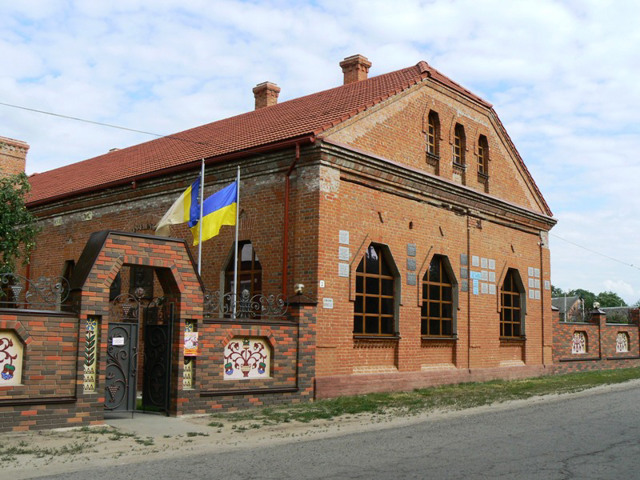
Krychevsky Art Family Museum
Architecture , Museum / gallery
The house of Krychevsky-Lebishchak in Opishnia is the premises of the former Opishnia Pottery Demonstration Point of the Poltava Provincial Zemstvo (Zemsky Pottery School).
It was built in 1916 in the style of Ukrainian Art Nouveau according to the project of the outstanding architect and painter Vasyl Krychevskyi, the author of the Ukrainian Trident, with the participation of Yuriy Lebishchak, an instructor of pottery production, technologist-ceramist from Galicia.
For many years, the Krychevsky-Lebischak House was the center of pottery life in Opishnia. In 1925, the Opishnia Ceramics Industrial School was opened here, in 1929, the "Art Ceramics" potter's workshop was formed, then the Opishnia School of Art Ceramics Masters, then shop No. 1 of the Opishnia Factory "Art Ceramics" operated.
Since 1986, the building has been owned by the National Museum-Reserve of Ukrainian Pottery in Opishnia. The Wall of Pottery Glory of Ukraine and the Krychevsky Art Family Museum are open. There are exhibitions: "Pottery Visions of the Country", "Modern Ceramics of Ukraine, "Ceramics of the Opishnia Art Nouveau", etc. An exhibition of the works of the Krychevsky family has been opened.
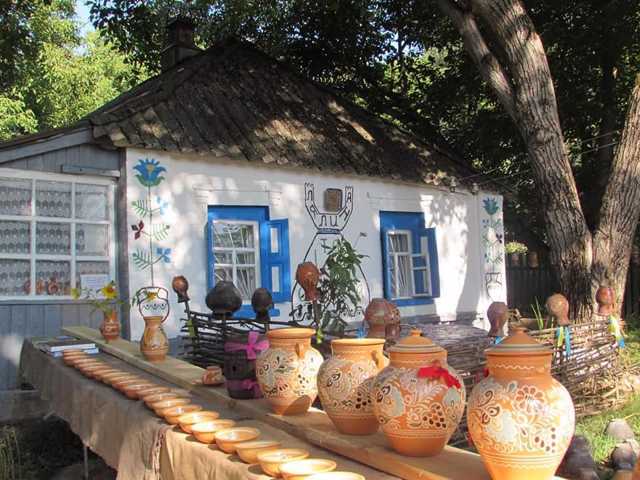
Museum of Boiled Borscht
Museum / gallery , Ethnographic complex
The Museum of Boiled Borscht and the Museum of Living Bread were opened in Opishnia on the basis of the green tourism estate "Lyalyna svitlytsya" during the ethno-festival "Living Bread" in 2020.
The owner of the estate, Olena Shcherban, prepares daily borscht for guests according to a new recipe, of which she knows at least 365. Among them are wedding, funeral, winter, summer, white, brown and many others.
In one of the houses of the ethnic estate there is a collection of pots from different regions, stags, as well as a traditional oven in which dishes are prepared. Ingredients added to borscht in different regions of Ukraine are also presented.
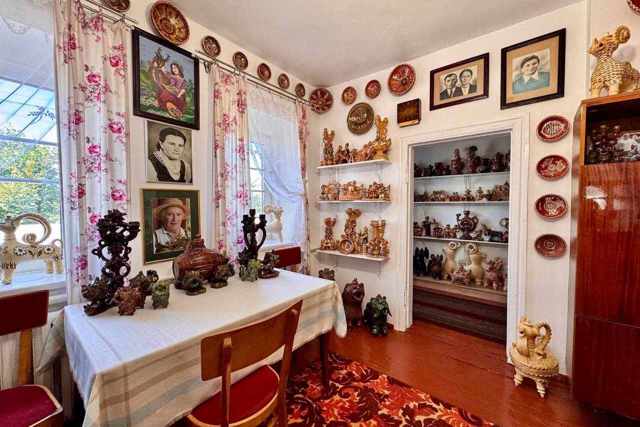
Mykola Poshyvailo Memorial Museum-Estate
Museum / gallery
The memorial museum-estate of potter Mykola Poshyvailo was opened in 2025 in his native house in Opishnia on the occasion of the 95th anniversary of the master's birth. The institution is a department of the National Museum-Reserve of Ukrainian Pottery.
Mykola Poshyvailo was born in 1930 into an artistic family of potters Havrylo and Yavdokha Poshyvailo. He inherited from his parents the Opishnia pottery traditions and love for the craft. For many years he worked as a creative master at the "Artistic Ceramics" factory. He received the title of Honored Master of Folk Art of Ukraine, was a member of the National Union of Artists of Ukraine, a member of the National Union of Masters of Folk Art of Ukraine, and a laureate of the All-Ukrainian Literary and Artistic Prize named after Ivan Nechuy-Levytsky. In his later years, he conducted master classes for visitors to the reserve.
A space of memory has been created in the house of Mykola Poshyvaylo, in which not only things, ceramics and archives are preserved, but also the spirit of creativity itself. A large collection of the master's original works is presented.
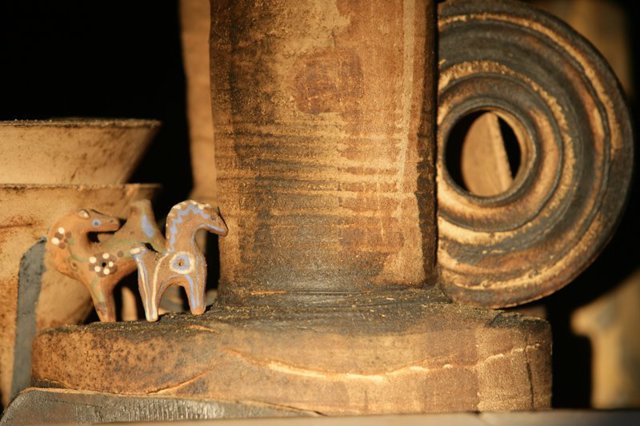
National Museum-Reserve of Ukrainian Pottery
Museum / gallery
The National Museum-Reserve of Ukrainian Pottery was founded in 1986 in Opishnia. This ancient village in the Poltava region has long been famous as the largest center of Ukrainian ceramic masters, the pottery capital of Ukraine.
The reserve has united a significant collection of works by folk potters and ceramic artists, creating a national treasury of Ukrainian pottery art. Today, it has a unique collection, numbering over 60 thousand units of preservation.
The main territory of the museum-reserve is well-maintained, decorated with examples of monumental clay sculpture, has many beautiful photo locations, places for recreation and an observation deck with a view of the ancient Slavic settlement of Opishna.
The National Open-Air Gallery of Monumental Clay Sculpture presents over 300 exclusive works of art by potters from Opishnia, including winners of the Taras Shevchenko Prize, as well as masters from other regions and abroad who participate in annual festivals of monumental ceramic sculpture.
The exhibition hall presents particularly valuable exhibits (dishes, children's toys, tiles, decorative panels), a large collection of books about pottery.
The youngest visitors will like the unusual inhabitants of "Ceramland" - a territory where you can meet a giraffe that eats clouds, a flock of cheerful ducklings, a baby mammoth and a dog-bench, a wind blower and surprised fish.
All visitors to the National Museum-Reserve of Ukrainian Pottery receive a whistle as a gift. By prior arrangement, it is possible to meet a master who will demonstrate the art of working on a potter's wheel. The museum cafe "Horniatko" and a souvenir shop operate on the territory.
The National Museum-Reserve of Ukrainian Pottery includes:
- Krychevsky Art Family Museum;
- Poshyvailo Potter's Family Memorial Museum-Estate;
- Oleksandra Seliuchenko Memorial Museum-Estate;
- Mykola Poshivailo Memorial Museum-Estate;
- Vasyl Omelianenko Memorial Museum-Estate;
- Leonid Smorzh Memorial Museum-Estate (Miski Mlyny village);
- Honcharia Ethnovillage (Mali Budyshcha village).
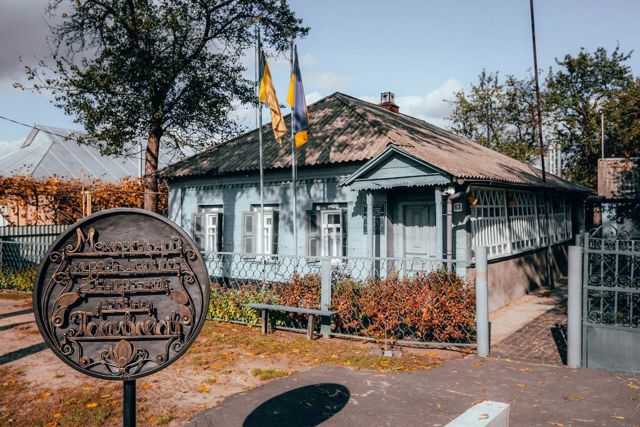
Poshyvailo Potter's Family Memorial Museum-Estate
Museum / gallery
The Poshyvailo Potter's Family Memorial Museum-Estate is dedicated to representatives of one of the oldest pottery dynasties of Opishnia.
A collection of pottery by masters of the Poshyvailo dynasty and works of other types of folk art are presented.
During the tour, guests are introduced to the history of the creation of the manor museum, the interiors of the house, and family photos.
The Memorial Manor-Museum of the Poshyvailo Family in Opishnia is a subdivision of the National Museum-Reserve of Ukrainian Pottery.
Opishnia in news and blogs
Reviews Opishnia
Geographical information about Opishnia
| {{itemKey}} | {{itemValue}} |
|---|---|
| Region |
Poltava |
